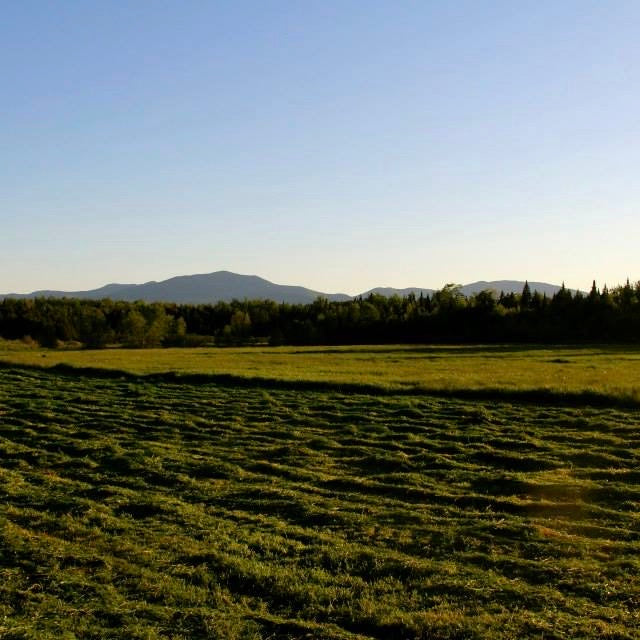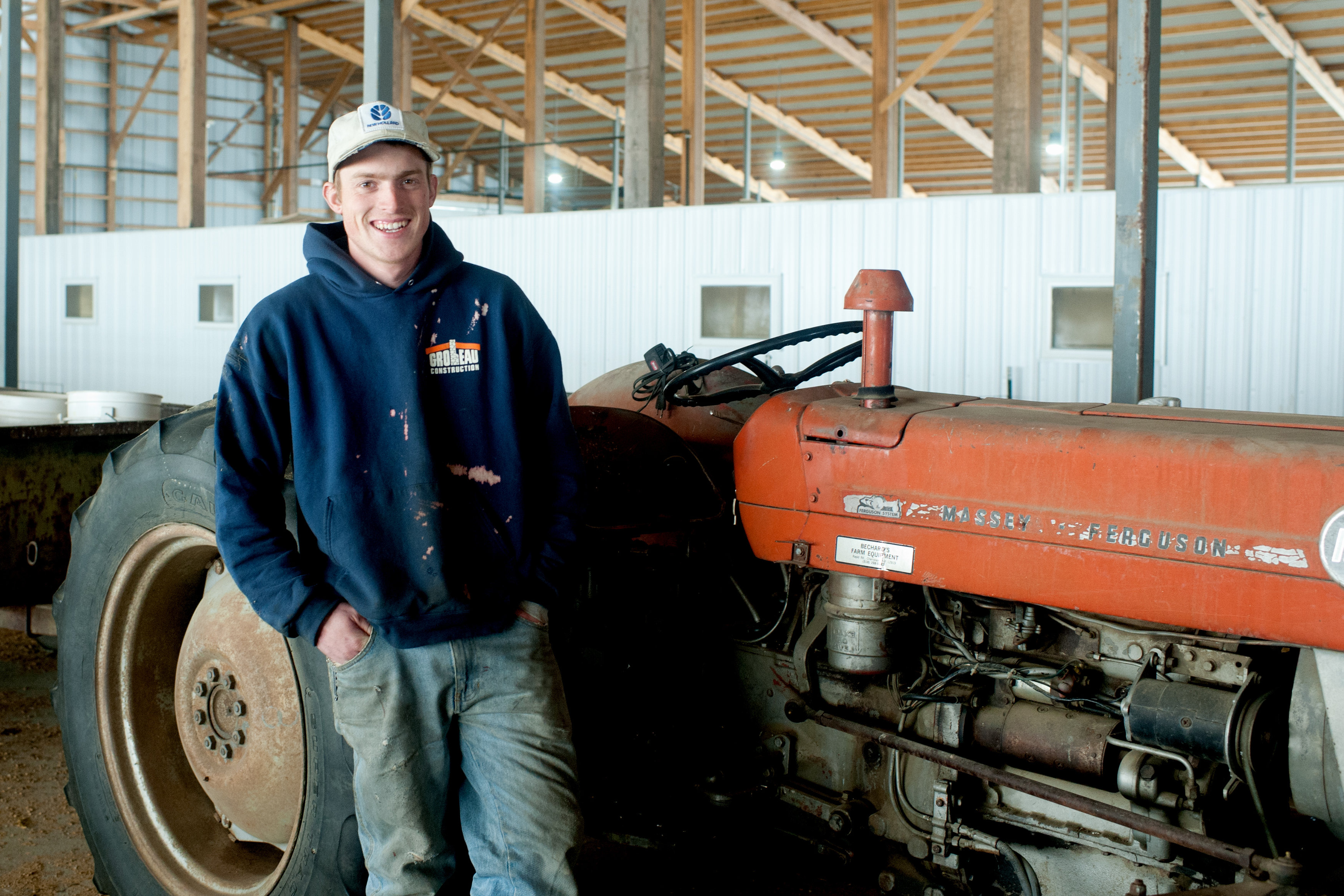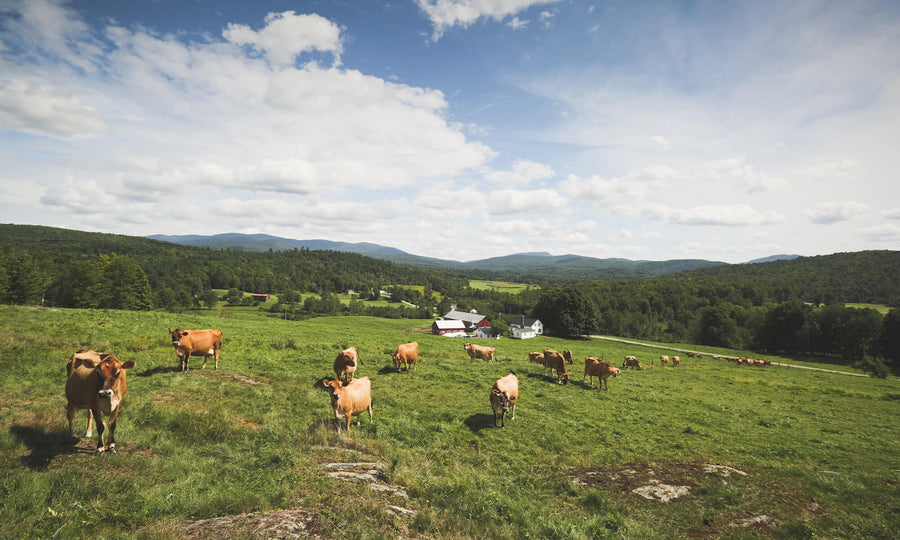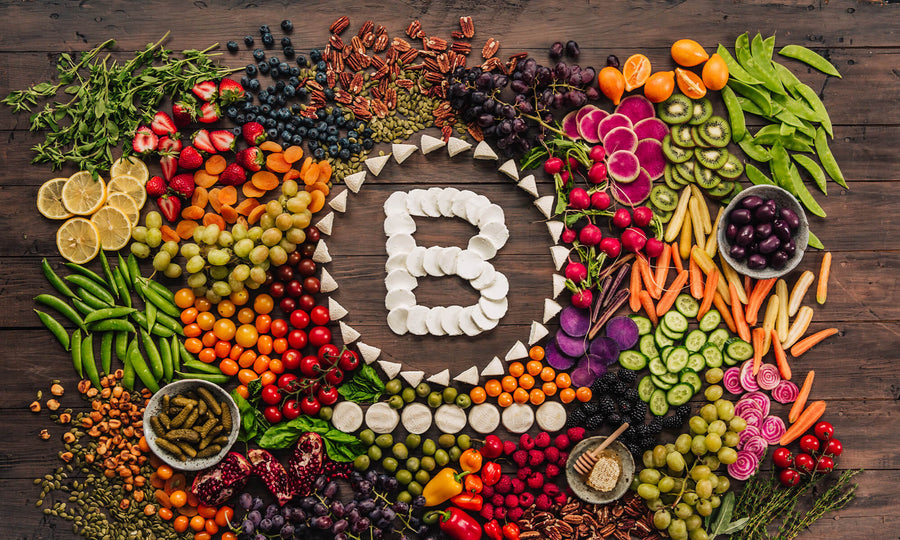When our co-founders Bob Reese and Allison Hooper made their first batch of fresh chèvre more than 36 years ago, they could have never predicted the collective impact of their pioneering efforts to bring a European staple to American tables.
Since 1984, Vermont Creamery has created demand for goat cheese and in doing so, helped shape and strengthen the future of Vermont’s dairy industry.
Without a steady supply of fresh goats’ milk, Vermont Creamery would be hard pressed to find success as the #1 brand of goat cheese nationwide. Through partnership and education, our ambitious little Creamery has worked tirelessly to support and sustain a fledgling goat dairy industry in a state with more cows than people.
In 2012, Vermont Creamery founded the nation’s first demonstration farm, Ayers Brook Goat Dairy in Randolph, VT. Ayers Brook offered us an on-the-ground look at the ins and outs of goat farming, from responsible animal husbandry practices, genetics to building a sustainable business model that benefits Vermont’s dairy farmers.
Ayers Brook highlighted a successful model for goat dairy viability in Vermont – diversification is possible, and it can be profitable.
Using the success of our business, we want to work hand-in-hand with Vermont’s agricultural stakeholders to ensure we can prepare for and propel the future health and prosperity for Vermont’s dairy farmers through dairy diversification.
At a time when dairy farmers are challenged across the country, we are on a mission to build and sustain a successful goat dairy industry that keeps farmers farming, while maintaining the diverse agricultural landscape Vermont is known for.
That’s why we partnered with the Vermont Agency of Agriculture and the Vermont Sustainable Jobs Fund (VSJF) to raise awareness about the viability of goat dairies, and the many benefits of diversification. VSJF identified goats as one of the strategic opportunities to strengthen Vermont’s food system, both in dairies and for meat production.
When Brian and Steve Jones, owners of Joneslan Farm in Hyde Park, were looking for a more viable model for their fifth-generation cow dairy, goats turned out to be the answer. Vermont Creamery worked behind the scenes with the Jones brothers to investigate and determine the path to transition from cows to goats, including an integral partnership with an experienced mentor in goat farming – Miles Hooper, owner of Ayers Brook Goat Dairy.
Miles worked with the Jones brothers to educate and inform their decision, and eventually help them find them a herd of 500 goats that started arriving in Vermont in December 2020.
The Joneslan Farm transition to goats was made possible by a $150,000 grant from the Vermont Working Lands Enterprise Initiative. This fund was created in 2012 with the focus of helping those making a living from dairy, meat or maple.
They also received loans and grants from various state and local organizations, including the Vermont Community Loan Fund and the Vermont Economic Development Authority, who provided funds to convert their barns and milking equipment to accommodate goats.
Vermont Creamery picked-up the first truck load of Joneslan Farm goats’ milk in February 2021, marking a monumental milestone for the farm that milked cows exclusively for 140 years.
Goats’ milk not only fetches a higher premium price than cows’ milk, the maintenance of goats is significantly lower impact than that of 1,000 dairy cows, not to mention a reduced environmental impact.
“The Joneslan Farm transition looks to the future. It’s a true partnership between the Jones family, Vermont Creamery, The Vermont Agency of Agriculture, USDA, Ayers Brook and Vermont Sustainable Jobs Fund. By all pulling in the same direction this groundbreaking project in the Green Mountains creates opportunities for this farm family and other dairies in Vermont. This transition from cows to goats creates a path for others while offering hope to those who love their animals, land and community. “said Anson Tebbetts, Vermont Secretary of Agriculture, Food & Markets

By milking goats, the Jones family will be able to reduce their water consumption, which in turn reduces the amount of manure they’ll create, reducing the potential for runoff. Goats don’t consume corn like cows, so the Jones won’t be required to grow corn to feed their new livestock. Goats also require far less room to roam, requiring less heavy equipment use, the benefits list goes on.
The future is bright for goat dairies in Vermont, as proven by success stories like the Joneslan Farm.
Looking ahead to the future, Vermont Creamery will continue to educate and inspire Vermont’s dairy farmers to consider diversification, as we work to grow our local supply of goats’ milk and support a sustainable agriculture industry that benefits farmer, producers and consumers alike.






